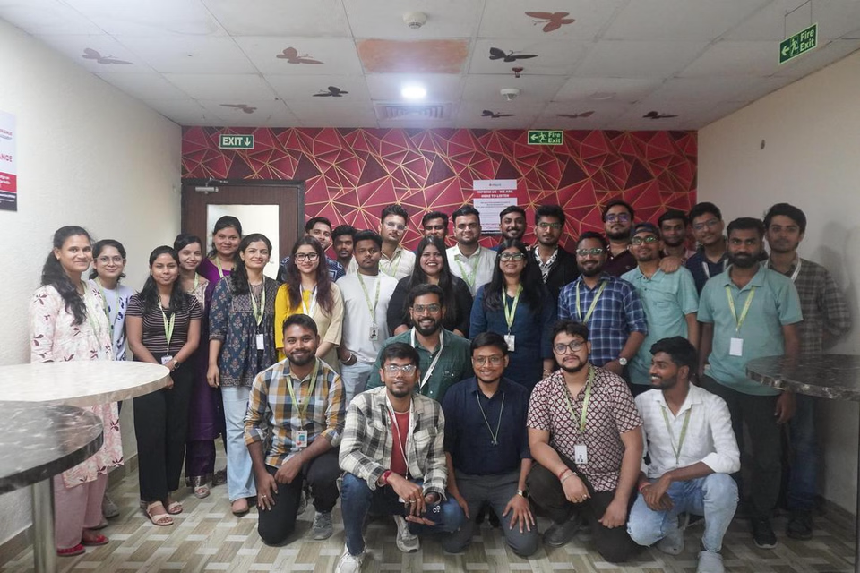
 By Rohini Mohan, India Correspondent for ‘The Straits Times.’
By Rohini Mohan, India Correspondent for ‘The Straits Times.’BENGALURU – Dr Sushovan Das has not extracted a tooth in over a year now, but the 28-year-old dentist has found a way to deploy his medical training in “a richer, more adventurous way”.
The resident of Howrah in eastern India works at iMerit, a global artificial intelligence (AI) company in technology and data solutions established in 2012 after a brief stint as a dentist at a clinic left him creatively dissatisfied.
“Running a clinic is not financially easy in India, and the repetitive tasks felt suffocating for me,” said Dr Das, whose fascination with technology and the promise of “doing financially well right from the beginning of one’s career” took him to iMerit.
Dr Das started as a clinical annotator, labelling and marking medical documents and making inferences from medical records. Annotation is a process of adding labels, tags, or transcriptions to large unstructured datasets, such as images, text, or audio files, to help machine-learning algorithms understand them. This was “easy but interdisciplinary work”, said Dr Das, who is excited about merging medical science and computer technology, as well as communication.
A quick learner, he now leads a team of 35 annotators training an American healthcare client’s AI model to read sonography and X-ray reports, and identify whether a spread of cancer cells is local or distant. “Working in medical AI feels out of the box, like a stepping stone into something futuristic and adventurous,” Dr Das said.
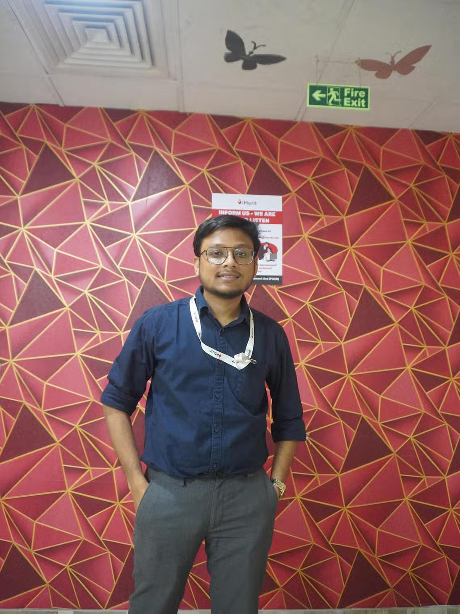
Most of iMerit’s 5,000 employees in 12 centres across India, other than in Bhutan and the US, are graduates like Dr Das. A majority are under 35 years old.
AI data services companies engage highly skilled specialists, including doctorate holders, academics, senior doctors, technical experts, and communicators, to do advanced dataset training. This comes as more people globally use generative AI like ChatGPT and DeepSeek; medical, legal, and manufacturing industries deploy AI-based automation; and countries compete to develop sovereign AI solutions.
India is today among the fastest-growing sources of AI annotators – a large group of unseen humans who train enormous datasets to make them more accurate and diverse. Around 70,000 Indian professionals are engaged in data annotation full-time and part-time, according to a 2025 report by the National Association of Software and Service Companies (Nasscom). The data annotation market serviced by India was valued at US$250 million (S$321 million) in 2023, with 60 per cent of the revenues derived from US clients.
Until recently, the repetitive, detail-oriented task of identifying images or making documents machine-readable required only basic computer aptitude, English proficiency, and a high school education. But “the era of easy AI tasks is mostly over”, said iMerit’s founder, Ms Radha Basu. “A lot of things humans used to do in AI annotation are now automated. As AI models handle more complex tasks, it is now the time for specialisation, accuracy, and highly trained people.”
Several enterprises like iMerit, NextWealt,h and Indika AI are investing significantly in training recruits, ranging from fresh college graduates to experienced cardiologists, to build faster, smarter and more precise AI models for some of the world’s biggest companies like Google, OpenAI, Fractal Analytics, Tesla, Microsoft, Amazon and Meta. US data-labelling pioneer Scale AI, which has contracts from OpenAI and Microsoft, has an office in Hyderabad city. Palo Alto-based Turing also hires Indian developers who work on projects for Dell and Disney.
For AI data solutions companies, India’s key draws are expertise in process outsourcing and an abundant tech workforce paid a fraction of the wages in the Global North. A US-based data annotation specialist typically costs US$25 to US$35 an hour, while equivalent talent in India costs US$5 to US$7 per hour. “India is well placed to service both ends of the AI annotation spectrum. It’s the scale available here – nowhere else can a company get personnel of this calibre in these numbers and at this price,” said Dr Sridhar Mitta, founder of AI data services company NextWealth.
Nasscom predicts that the annotation market in India could touch US$7 billion by 2030, employing at least one million Indians. AI policy analyst Sudesh Prasad said that Nasscom’s projection “could be inflated, reflecting more hope than reality”, because Indian AI companies are still in the early and middle stages of development, while much of the world is in the growing and mature stage. But he noted that with growing investment in skills training by companies, the quality of AI annotation jobs could get better.
Low-skill annotation now automated
As AI technology evolves, what humans do in the AI ecosystem is changing.
iMerit hires 350 employees at its centre in Coimbatore, in the southern state of Tamil Nadu, where it builds and trains AI models that companies will deploy in autonomous or driverless mobility, such as for parking guidance, traffic flow, factory robotics, and drone operation. iMerit’s own software automates data preparation, labelling, annotation, and analytics. The humans validate the AI model’s responses at regular intervals, ask it questions, flag inconsistencies and mistakes, and add exceptions or nuances. “Good AI models today need the nexus of people and technology. Automation gives you scalability. Humans give you accuracy,” said iMerit’s vice-president of strategic partnerships, Mr Jai Natarajan.
Indika AI, a data annotation company founded in 2021 in Mumbai, creates synthetic datasets to train AI algorithms. Such datasets mimic the statistical properties of real data, which can be expensive or difficult to collect, explained Indika AI co-founder Hardik Dave. The company also automates the once-manual process of data labelling, such as making bite-sized relevant audio clips from long voice recordings at a banking call centre for analysis, sorting medical prescriptions by type of drugs, or tagging the plaintiff and the defendant in thousands of court orders.
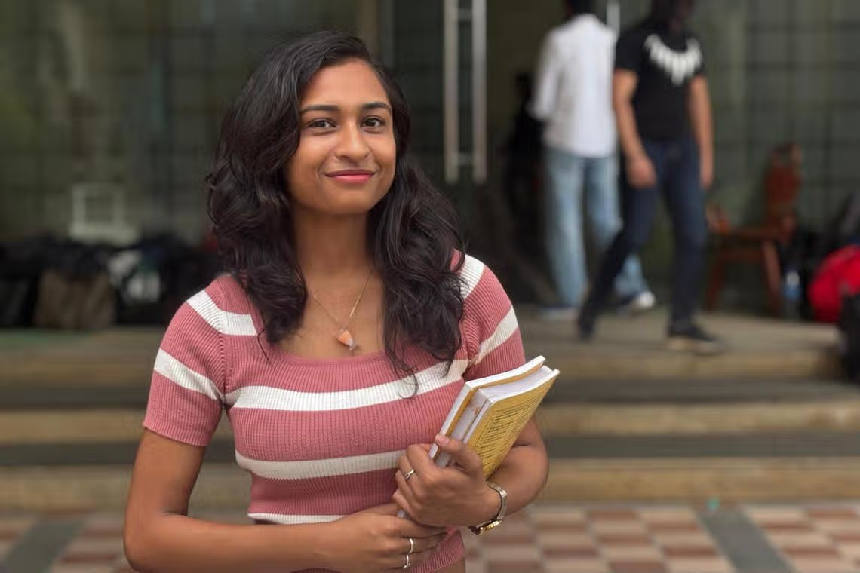
Gurgaon-based law student Shradha N. Mathur, 21, who went from teaching an AI model to identify potholes on a road in the past year to training a different model to analyse legal contracts for Indika AI, sees her work getting “more sophisticated”. She is eager to “incorporate AI to improve litigation and research” when she starts working as a lawyer after graduating next year.
Indika’s Mr Dave said: “The shift from low-skill and high-volume work to high-skill and moderate-volume AI annotation defines the evolution of the sector.”
Professor Ganesh Ramakrishnan, who heads BharatGen, an Indian government-funded initiative to build indigenous large language models (LLM), said that some annotation work will still be done manually, “but our effort is to decrease this”. “We want to move away from annotation as a drudgery-driven exercise to an expertise-driven one in India,” added the professor, who teaches digital entrepreneurship at the Indian Institute of Technology Bombay.
Humans in the loop
Today, as precision becomes crucial in applications with risky consequences, such as self-driven cars or healthcare, AI models are relying on human domain expertise to not just flag errors, but also train AI systems to handle exceptional, high-stakes situations.
Dr Sani Bari, a plastic and reconstructive surgeon based in the US, set up iMerit’s global medical AI vertical. His team of radiologists, oncologists, nurses, and medical students in India, the US, and Europe collaborate with a global network of scholars who might be brought on for particular projects or simply a few technical queries.
Mumbai-based Indika AI has a similar concept called Flexi Bench, a network of 70,000 “on demand, ready to hire” specialists. Eight out of 10 are in India, while the rest are in the US, the Philippines, and Vietnam. When a project requires a radiologist or lawyer, one is employed part-time and “paid a base rate of US$3 to US$6 per hour”, Mr Dave said.
But it is “cost-prohibitive to bring in senior surgeons for fundamental technical tasks” such as training an AI model to recognise different organs during surgery, Dr Bari said. So, AI annotation companies get surgeons to teach their experienced annotators “very narrow but deep skills”, such as knowledge of the gastrointestinal tract’s anatomy.
“As faster and larger AI models deal with more complex questions, humans will put the continuous, conscious guard rails, bring diversity that avoids biased AI systems, and be domain experts,” said Prof Ramakrishnan.
Around 60 academics and dozens of students in a consortium of seven top scientific institutions in India are together developing indigenous generative AI models for agriculture, defence, and citizen governance tailored to the country’s diverse linguistic, cultural, and socioeconomic context. As India joins many countries in developing sovereign AI for security, transparency and regional precision instead of just using third-party LLM models, more local Humans are needed in the loop.
Small city talent powering AI
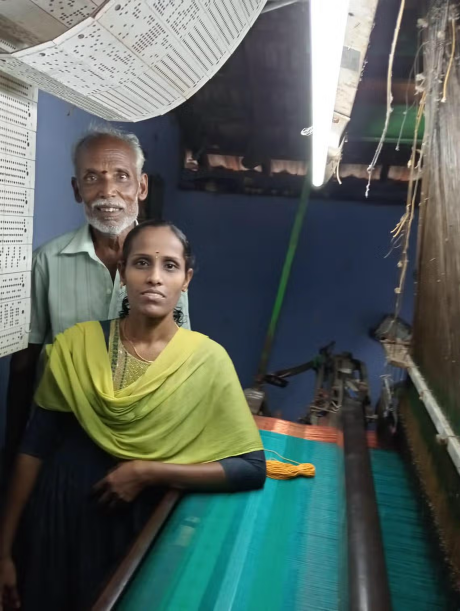
Ms Jaya Manickam in Salem, Tamil Nadu, a data annotator with 12 years of experience, is not nervous about losing her job to experts or machines. “Annotation and AI model training are also skills like software programming, and as long as I keep upgrading them, I will have a job,” said the 36-year-old who works in NextWealth. The computer science postgraduate who began with a data entry job is now working on a project for an international client, training an AI model to browse government records, balance sheets and court websites to find pending litigation and financial insights for each company that applies for a bank loan.
The daughter of a handloom weaver and daily wage worker, Ms Jaya marvelled at her own learning curve and financial independence. “My parents would not have been comfortable sending me to Bengaluru or Chennai for work. But with a job near home, I have discovered talents I didn’t know I had,” she told The Straits Times.
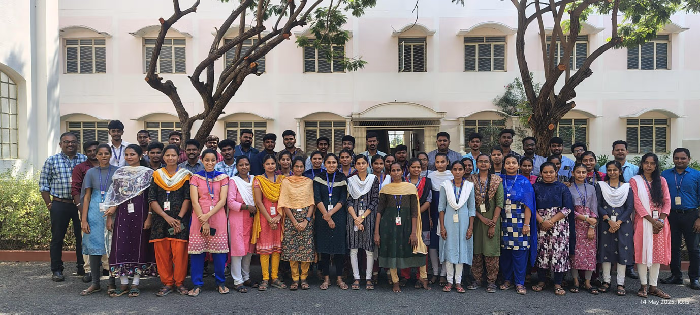
More than her degree or subject specialisation, it is Ms Jaya’s experience in how to query and teach a machine that makes her the “sharpest brain and fastest problem solver” in the Salem office, said her supervisor, Mr Venkatesh Dhanapal, a senior manager in the finance and accounting AI vertical. The son of a farmer, he has worked in NextWealth for 14 years.
Remarkably, 80 per cent of data annotation in India is done in non-metropolitan cities such as Salem, Meerut, Jaipur and Hubbali. Both Ms Basu and Dr Mitta told ST that they founded iMerit and NextWealth to create employment for small-town graduates, who are equally qualified but more affordable and less likely to quit often. They unwittingly ended up creating a stable workforce with only around 5 to 10 percent turnovers per year – rare for the IT sector – and have trained, experienced employees who are ready for the next phase of AI modelling.
“The number of people required per project has decreased from 100 to 30, but the AI work has expanded overall, so there is a growth in jobs,” said NextWealth’s Dr Mitta.
India’s highly educated small-town AI modelling workforce does struggle with English proficiency and cultural familiarity with the projects they deal with. To get around it, companies regularly train their workforce. Ms Jaya’s team, for instance, was trained for one to three months on various types of branded sneakers before they could train an AI model to identify counterfeit shoes. They also learnt about the US healthcare insurance system before they started working on training a program to sort patient insurance claims.
To capitalise on opportunities in the AI sector, Dr Mitta said India needs to “invest significantly” in training young graduates to keep up with the rapid pace of change.
